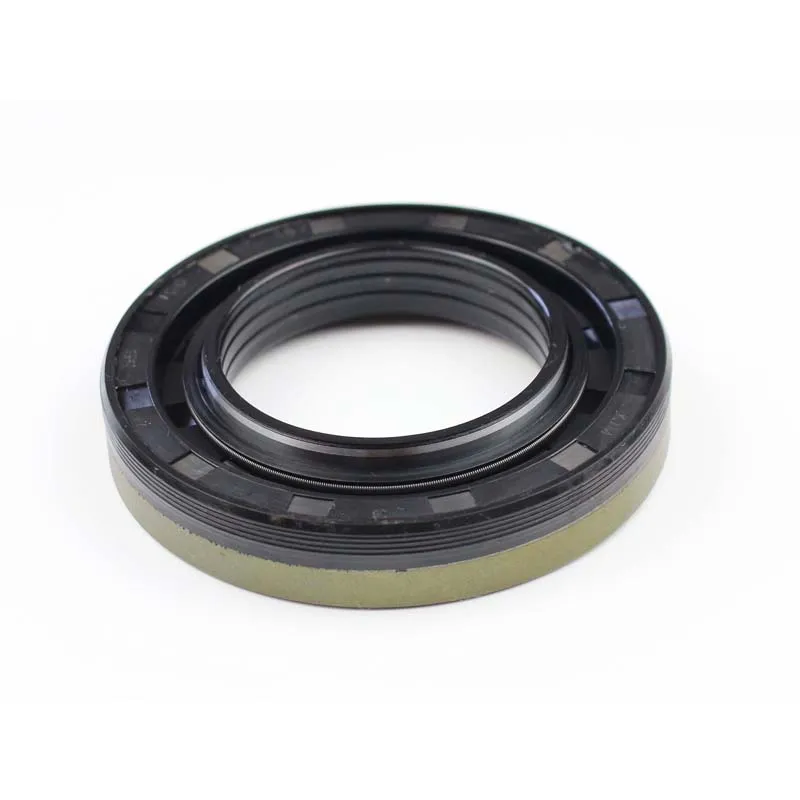transfer case adapter seal
Understanding Transfer Case Adapter Seals Importance and Maintenance
The transfer case adapter seal is an often-overlooked component in a vehicle’s drivetrain system, yet it plays a vital role in ensuring the smooth operation of both the transfer case and the vehicle itself. This unique seal is designed to prevent fluid leaks between the transfer case and the transmission, safeguarding the integrity of the entire drivetrain. Understanding its function, importance, and maintenance can help vehicle owners maintain their systems more effectively and prevent costly repairs.
What is a Transfer Case Adapter Seal?
In a four-wheel-drive (4WD) or all-wheel-drive (AWD) vehicle, the transfer case operates as a critical component that directs power from the transmission to the front and rear axles. The transfer case adapter seal is the gasket or seal located at the junction where the transfer case meets the transmission. This seal’s primary function is to prevent transmission fluid from leaking out and to keep contaminants from entering the transfer case.
Why is the Transfer Case Adapter Seal Important?
1. Fluid Retention The primary purpose of the transfer case adapter seal is fluid retention. Transmission fluid lubricates and cools the transmission components. If the seal fails, it can result in significant fluid loss, leading to overheating and eventual transmission failure.
2. Preventing Contaminants The seal also serves as a barrier against dirt, dust, and moisture that could cause internal damage. Contaminants can compromise the effectiveness of the transmission fluid, leading to premature wear of components.
3. Ensuring Efficient Operation A well-functioning transfer case adapter seal is essential for the efficient operation of the vehicle’s drivetrain. Leaks can lead to decreased performance, poor handling, and increased operational noise.
Signs of a Failing Transfer Case Adapter Seal
Recognizing the signs of a failing adapter seal is crucial for early intervention
. Common symptoms includetransfer case adapter seal

- Fluid Leaks The most obvious sign is a transmission fluid leak around the area where the transfer case meets the transmission. Transmission fluid is typically reddish or brownish in color.
- Fluid Levels Regularly checking transmission fluid levels can help identify leaks. If levels drop significantly between checks, it may indicate a problem with the adapter seal.
- Shifting Problems Difficulty in shifting gears or grinding noises during operation can signal that the transfer case or transmission is not being properly lubricated due to inadequate fluid levels.
Maintenance Tips
Maintaining the transfer case adapter seal helps prolong its life and ensures optimal vehicle performance. Here are a few tips
1. Regular Inspections Regularly check for signs of leakage around the transfer case. Early detection can prevent more significant issues down the line.
2. Fluid Replacement Ensure that the transmission fluid is changed at the manufacturer-recommended intervals. Old or degraded fluid can contribute to seal wear.
3. Consult Professionals If you notice any signs of a leak or operational issues, consult a professional mechanic. Replacing a worn transfer case adapter seal can often prevent more costly repairs related to fluid loss.
Conclusion
In summary, the transfer case adapter seal, while small in size, is pivotal to the overall functionality and reliability of a vehicle's drivetrain system. Routine maintenance and prompt attention to any signs of wear or leakage can save vehicle owners significant time and money. By understanding the importance of this component, drivers can better appreciate their vehicle's design and take proactive steps to ensure smoothoperational performance for years to come.
-
The Ultimate Guide to Boat Propeller Bearings and Trailer Wheel Bearings
News Jul.31,2025
-
The Essential Guide to Marine Bearings and Boat Trailer Wheel Bearings
News Jul.31,2025
-
The Complete Guide to Heavy Duty Seals: Protecting Doors and Spaces Efficiently
News Jul.31,2025
-
Essential Guide to Marine Shaft Bearings and Boat Trailer Axle Bearings
News Jul.31,2025
-
Comprehensive Guide to Marine and Trailer Bearings for Safe Boating and Transport
News Jul.31,2025
-
Comprehensive Guide to Automotive Oil Seals: Protecting Your Engine and Shafts
News Jul.31,2025
-
Understanding Automotive Oil Seals: Essential Components for Engine and Shaft Protection
News Jul.30,2025
Products categories















